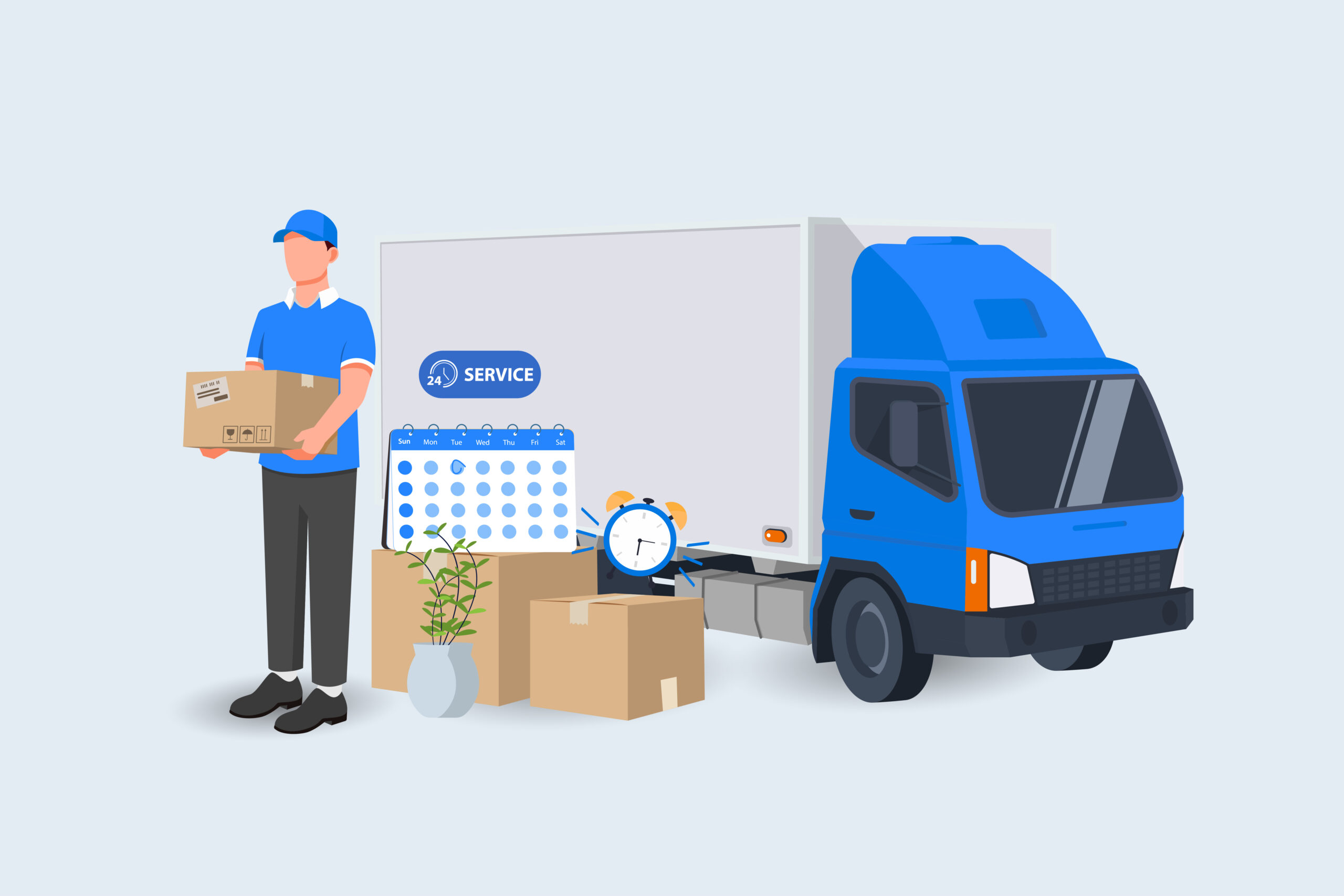Balancing cost control with quality transport services requires a strategic approach that considers both immediate expenses and long-term value creation in logistics operations. Organizations must carefully evaluate multiple factors including carrier selection, service level agreements, technology integration, and risk management protocols to achieve optimal balance. Cost optimization strategies should focus on consolidating shipments, optimizing routes, leveraging backhaul opportunities, and implementing efficient loading/unloading processes without compromising service quality.
The use of technology solutions like Transportation Management Systems (TMS), route optimization software, and real-time tracking systems can help achieve both cost efficiency and service excellence by reducing empty miles, improving vehicle utilization, and enabling better planning. Companies should develop strong relationships with reliable transporters who offer competitive rates while maintaining high service standards, proper insurance coverage, and compliance with regulatory requirements.
Implementing performance metrics that track both cost indicators (cost per kilometer, fuel efficiency, vehicle utilization) and quality parameters (on-time delivery, damage rates, customer satisfaction) helps maintain the desired balance. Regular performance reviews, benchmark analysis, and continuous improvement programs enable organizations to identify areas for cost reduction while maintaining or enhancing service levels. The adoption of multi-modal transportation solutions, strategic network design, and proper fleet mix can help optimize costs while ensuring service reliability.
Organizations should also consider implementing vendor rating systems that evaluate transporters based on both cost competitiveness and service quality parameters. Investment in preventive maintenance, driver training, and safety programs might increase short-term costs but leads to long-term savings through reduced accidents, breakdowns, and cargo damages. Negotiating volume-based contracts with quality transporters can help secure better rates without compromising service standards.
Additionally, focusing on reducing non-value-added activities, minimizing detention times, and improving documentation processes can help control costs while maintaining service quality. Companies should also consider the total cost of ownership rather than just the immediate transportation cost, including factors like potential damages, delays, customer satisfaction impact, and brand reputation. Regular market analysis, carrier benchmarking, and cost-benefit analysis of different transportation options help in making informed decisions that balance cost and quality considerations effectively.


